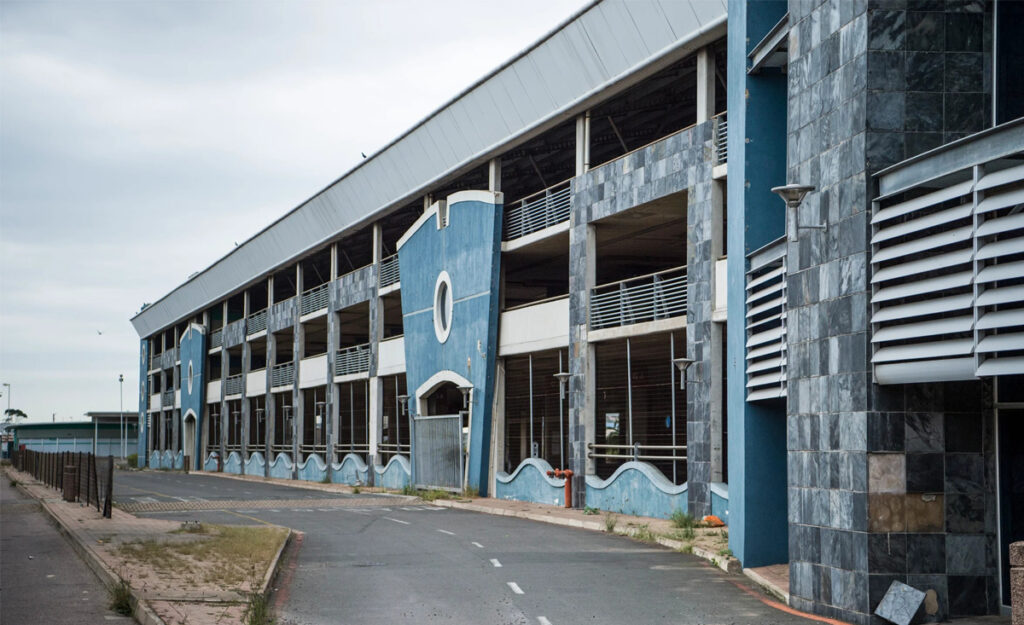
Durban International Airport, previously one of the busiest travel hubs in South Africa, has been abandoned for well over a decade.
The site served as the primary airport for Durban for 60 years but is now in disuse while a legal battle unfolds to determine its fate.
Out with the old
Durban’s original visitor centre was constructed in 1951 and previously went by the name of Louis Botha Airport, but was renamed to Durban International following the democratic elections in 1994.
In its prime, it was the third-most-popular airport in South Africa after Joburg’s O.R. Tambo International and Cape Town International, serving as an important hub for flights coming and going from KwaZulu-Natal.
However, the airport’s functions were severely limited by its 2.4-kilometre runway, which was too short to accommodate larger aircraft such as a Boeing 747.
This meant that, despite its name, Durban International soon became restricted to domestic flights, as nearly all foreign flights coming into South Africa were instead directed to O.R. Tambo or Cape Town.
To address this problem, plans were proposed and shelved multiple times between 1970 and 2007 to move the airport from its original location near Umlazi in south Durban towards La Mercy on the opposite side of the city.
A plan finally took form in 2007 with the construction of King Shaka International Airport, which opened its doors to the public in 2010, just in time for the Soccer World Cup.
King Shaka has a longer 3.7-kilometre runway, allowing it to support much bigger aircraft.
It also has 34 airport bays, in contrast to Durban International’s 24, and 16 airport bridges – something the 50-year-old site lacked.
The result of these capacity upgrades is that King Shaka can accommodate up to 7.5 million visitors per year, whereas Durban could only manage 4.5 million.
The modern structure also provided several quality-of-life improvements for travellers, with a larger terminal building, new self-help kiosks, more check-in counters, and a 6,500-square-metre retail space with 52 different outlets.
Durban International, meanwhile, only has 2,900 square metres of retail space with 23 storefronts, and its infrastructure has not been updated to keep up with modern technology and passenger numbers.
It therefore comes as no surprise that King Shaka has replaced Durban as the coastal city’s primary airport for all domestic and international travel, but the old location has not been updated or repurposed for over a decade.
This is because Airports Company South Africa sold the main terminal building, along with 800 hectares of open land, to Transnet in 2012 for the sum of R1.85 billion, wrote BusinessTech.
Transnet’s plan was to convert the former airport into a new “dig out” mega container port for heavy cargo vessels, thereby adding to the capacity of Durban’s busy shipping district.
Upon its completion, the new port would have tripled the cargo capacity of Durban’s ports, but this ambitious plan never got off the ground.
Instead, Transnet was approached by a private company, Seaworld Aviation, which proposed an idea to revive the airport by turning it into a smaller, tourist-focused entry point for people wishing to visit popular holiday spots along the southern coastline of KZN.
Transnet agreed to a 10-year lease in 2017, which gave Seaworld the rights to operate the site until 2027.
However, this plan quickly fell through and Transnet and Seaworld have since become embroiled in a legal dispute, with the former cancelling the lease in 2018 over an alleged breach of contract.
The state-owned entity claims that, as soon as the new tenant took over the premises, it immediately began sub-letting it to other businesses that have nothing to do with aviation, who subsequently began tearing down and repurposing the existing infrastructure.
Further complicating matters, the Special Investigating Unit announced in August 2024 that it was investigating allegations of serious maladministration within Transnet, including the lease agreement with the Durban International Airport premises.
This encompasses the runway, tarmac, apron, taxiways, terminal building, ATNS building, security building, Maritime School, and South African Airways site.










